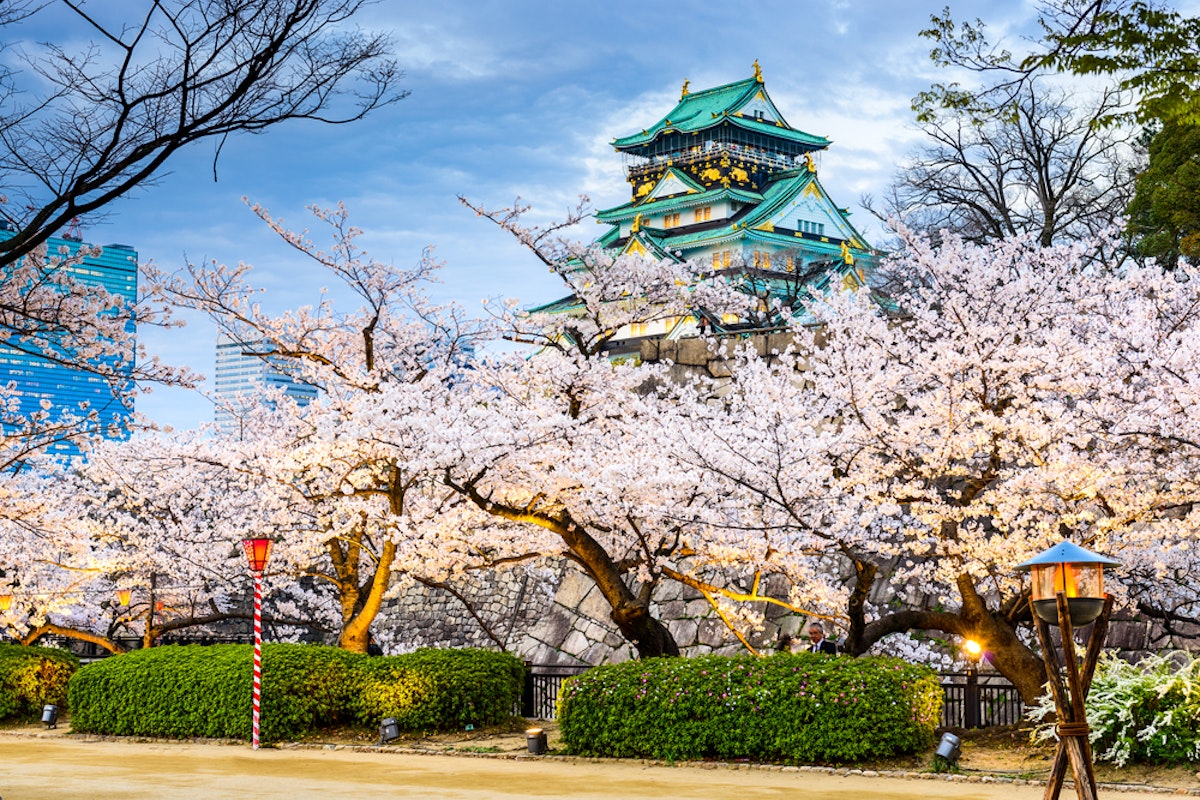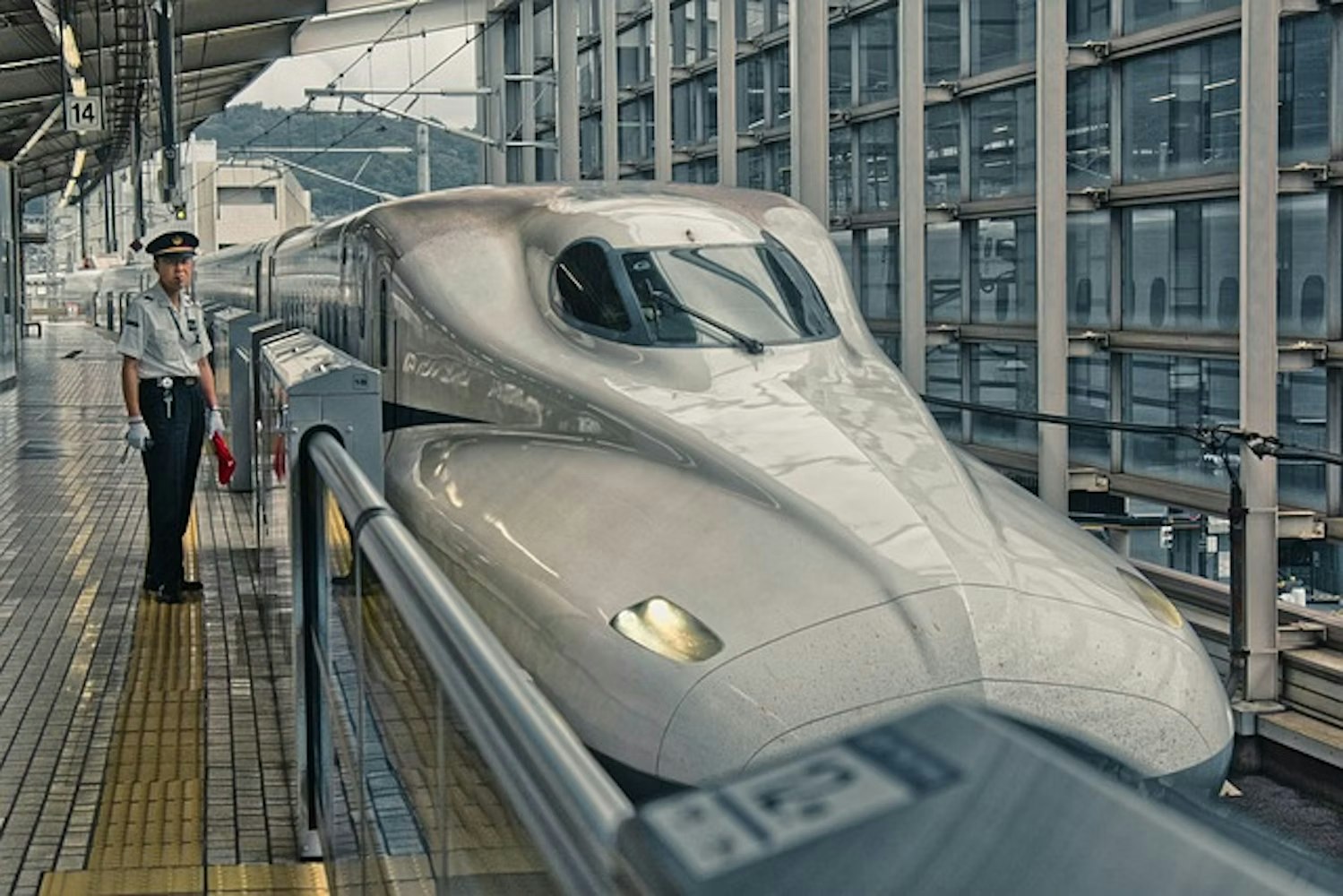

京都和大阪是日本两个令人难以置信的城市,每年吸引数百万游客。京都以其历史悠久的寺庙和传统街道而闻名,而大阪则以其令人垂涎的美食和充满活力的城市生活而熠熠生辉。
这两个目的地之间相距仅 55 公里,在这两个目的地之间旅行既快捷又轻松。本指南将探讨旅程的不同方式,包括提示和实用见解,以帮助您选择最佳选项。
日本的火车系统非常高效,是京都和大阪之间最快的旅行方式。以下是您的火车选择:

新干线是匆忙或寻求舒适的完美选择。它连接京都站和新大阪站,大约需要 15 分钟。
旅行时间:15 20 分钟
成本:约 1,420 日元(自由席)或 1,560 日元(指定席)
优点:非常快速、舒适、频繁的出发
缺点:比普通火车贵一点
技巧:在繁忙季节预订座位,以免失望。如果您有日本铁路通票,请将其用于 Hikari 或 Kodama 火车。
如果您的预算有限,这是一个不错的选择。这些火车通常在京都站和大阪站之间运行。
旅行时间:约 28 至 30 分钟
成本:约 560 日元(单程)
优点:价格实惠,无需预订,频繁服务
缺点:高峰时段可能会很拥挤
技巧:在高峰时段以外旅行以确保座位。寻找 “Special Rapid” 火车,因为这些火车跳过许多站点,而且比当地火车更快。JR Pass 持有人可以免费使用此选项。
阪急和京阪等私营铁路提供替代路线:
阪急电车:连接京都河原町站和大阪梅田站,约 40 分钟。票价约为 400 日元。
京阪电车:在京都的祗园四条站和大阪的淀屋桥站之间运行,大约需要 50 分钟,费用约为 460 日元。
技巧:检查火车的最后一站,以确保您朝着正确的方向前进。
公共汽车是另一个不错的选择。它们比火车花费更长的时间,但成本更低,并提供轻松的旅程。
这些巴士是城市间旅行的经济选择。
旅行时间:1-1.5 小时
成本:约 500 日元至 1,000 日元(单程)
运营商:Willer Express、JR 巴士、阪急巴士
优点:经济实惠、舒适的座椅、行李寄存处
缺点:比火车慢,发车时间更短
技巧:提前在线预订以确保您的座位,并查看提供 Wi-Fi 或电源插座等便利设施的巴士。请提早到达巴士总站,找到您的上车区域。
如果您真的在注意自己的支出并且不介意额外的时间,当地巴士可以工作。
旅行时间:1.5 至 2 小时
成本:约 ¥400-¥600
优点:最便宜的选择
缺点:舒适度较低,耗时较长
技巧:带上小吃和娱乐活动,长途骑行。仔细检查出发点和到达点,因为当地巴士总站可能不位于中心位置。
如果您想在途中自由停车,开车可能是一个不错的选择。车程大约需要一个小时,具体取决于交通情况。
如果您没有汽车,您可以租一辆车。许多租车公司,如 Toyota Rent-a-Car 和 Nippon Rent-A-Car 在这两个城市都有。
成本:每天约 6,000 至 10,000 日元,另加燃料和通行费
旅行时间:约 1 小时
优点:灵活性强,有机会探索人迹罕至的地方
缺点:可能很昂贵,交通,停车可能很棘手
技巧:使用可靠的 GPS 或导航应用程序来规划您的路线。熟悉日本的道路标志和规则,特别是如果这是您第一次在日本开车。
乘坐出租车或使用拼车应用程序很方便,但价格昂贵。
成本:单程约 ¥20,000-¥30,000
旅行时间:约 1 小时
优点:门到门服务,无忧无虑
缺点:成本高
技巧:仅在特殊情况下使用此选项,例如深夜旅行或可以分摊费用的团体旅行。在开始乘车前确认车费估算,以避免出现意外。
如果您喜欢骑自行车并想欣赏一些美景,那么在京都和大阪之间骑自行车可能是一个有趣的挑战。这条路线大部分时间都沿着淀川。
距离:约 55 公里
旅行时间:4-6 小时
成本:如果您有自己的自行车,则免费,或者每天约 1,000 至 3,000 日元的租赁费用
优点:精彩的运动、环保、独特的体验
缺点:对体力要求高、受天气影响、行李空间有限
技巧:从一天的早些时候开始,给自己充足的时间和日光。使用地图或导航应用程序坚持选择适合骑行的路线。
如果您想要舒适和便利,私人接送服务非常棒。他们很受家庭和团体的欢迎。
成本:约 ¥20,000-¥50,000
旅行时间:约 1 小时
优点:舒适的门到门服务
缺点:贵
技巧:寻找具有良好评价的可靠提供商。提前预订服务并告知任何特殊要求,例如额外的行李空间。
最佳选择取决于对您来说最重要的事情:
快:新干线的速度无与伦比,在两个城市之间只需 15 分钟。非常适合那些时间紧迫的人。
便宜:JR 特别快速服务或高速巴士是经济实惠的选择,而不会牺牲太多旅行时间。
最舒适:新干线或私人接送服务为轻松的旅程提供了充足的空间和便利。
最喜欢冒险的:骑自行车是探索该地区的独特方式,将锻炼与沿风景优美的路线观光相结合。
最灵活:租车可以让您在景点停下来并按照自己的节奏旅行。
乘火车从 大阪 往 京都 需要多长时间?
JR 特别快速服务大约需要 28-30 分钟,单程费用约为 560 日元。阪急和京阪电车等私营铁路需要 40-50 分钟,费用约为 400 至 460 日元。
我可以使用Suica 或者 ICOCA 之类的IC卡从大阪到京都旅行吗?
是的,Suica、ICOCA 和 PASMO 等 IC 卡可用于 JR 火车、私营铁路和此路线的巴士。它们便于快速点击即走访问,而无需购买单独的门票。
从京都到大阪的火车在高峰时段是否拥挤?
是的,火车在早上 (7:00-9:00 AM) 和晚上 (5:00-7:00 PM) 高峰时段可能会很拥挤。在这些时间之外旅行可以确保旅程更舒适。
我可以租一辆车去 从 大阪 往 京都 的单程吗?
是的,大多数汽车租赁公司,包括 Nippon Rent-A-Car 和 Toyota Rent-a-Car,都允许异地还车。可能会收取额外的送机费,因此请在预订时确认详细信息。



